Overview
Rakuten Kaigai (global) SIM was a physical-to-digital product where users swap out their existing SIM with Rakuten’s SIM which enables users to make phone calls and access the Internet using their mobile phones at a substantially reduced rate.
PRODUCED
2015-2016
SOFTWARE & SKILLS
CHALLENGE(S)
Design and develop a “Roaming SIM” service for current and future Rakuten mobile users. Allow users to swap-out factory SIM with Rakuten SIM and activate the service through iOS and Android devices with ease. Find a way to inform users to activate their “Roaming SIM” while at the airport so that there are no infractions with FCC laws. Work with SIM manufacturers and engineers to ensure that there is an easy method for users to activate and utilize their “Roaming SIM”.
SOLUTION(S)
Rakuten Global SIM was launched successfully for iOS and Android consumers. Users were able to activate their “Roaming SIM” service with no issues while at Narita Airport (Tokyo) before they disembarked. Users understood how to activate their SIM before they left Japan while at the airport from three unique methods (GPS-enabled, money-as-a-motivator and notifications) on their mobile device)
PRODUCT TEAM
CTO/VP: 1
Stakeholders: 12
Scrum Master: 2
Product Managers: 14
Engineers: 2
Developers: 7
Product Designers: 1
Junior Designers: 3
UX METRIC(S)
SUS (System Usability Score)
NPS (Net Promoter Score)
Benchmarking
Heuristic Eval
Competitive Analysis
Time On Task
User Interviews
My Role
My role for this product was to lead a design team of three, conduct user research and heuristic evaluations of partner service (SIM ARCHITECTURE) and implement these into a physical-to-digital app product for iOS and Android platforms. This also entailed traveling from Tokyo to a Toronto-based SIM production company advising them to create the most affordable and functional mobile SIM chips for the Japanese market.
Research
Rakuten Mobile is an MVNP (Mobile Virtual Network Provider) service that utilizes larger network company (such as NTT and Softbank) or MNP (Mobile Network Provider) like the American Network companies (such as AT&T, T-mobile, etc). There are a lot of legal restrictions and market sharing from MNPs too MVNPs. As Rakuten was utilizing NTT (Nippon Telephone and Telegraph), we were able to obtain user usage (quantitative data) to assist in our research. Below is just one of the analytics I received from NTT to help me determine which countries we should prioritize our users for.
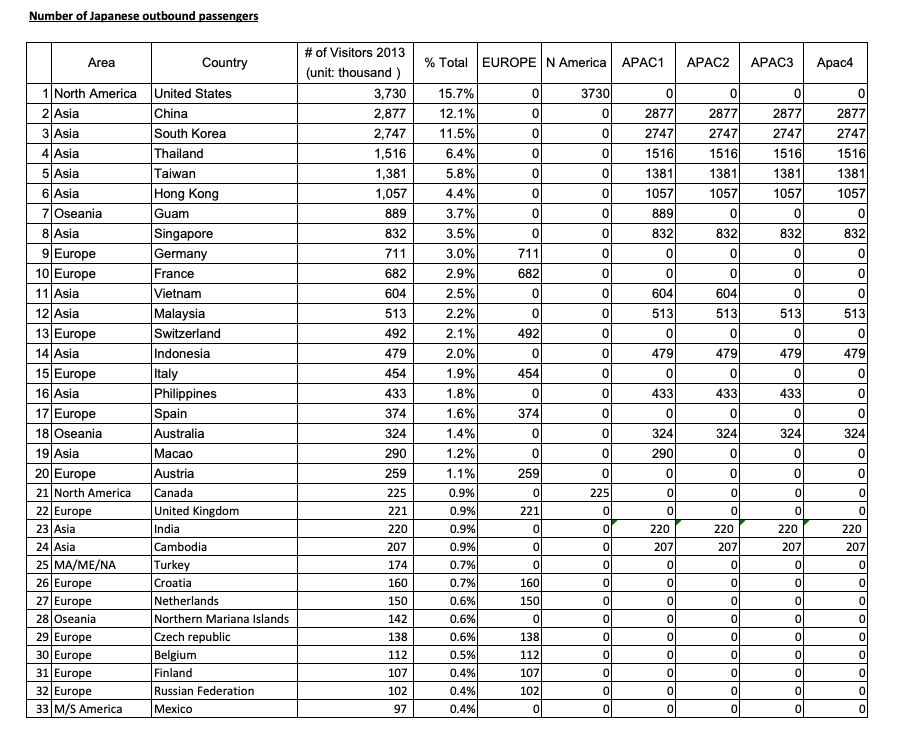
This along with the already available Rakuten Mobile’s data, I was able to create personas which reflect the majority of the users pain points and their needs.
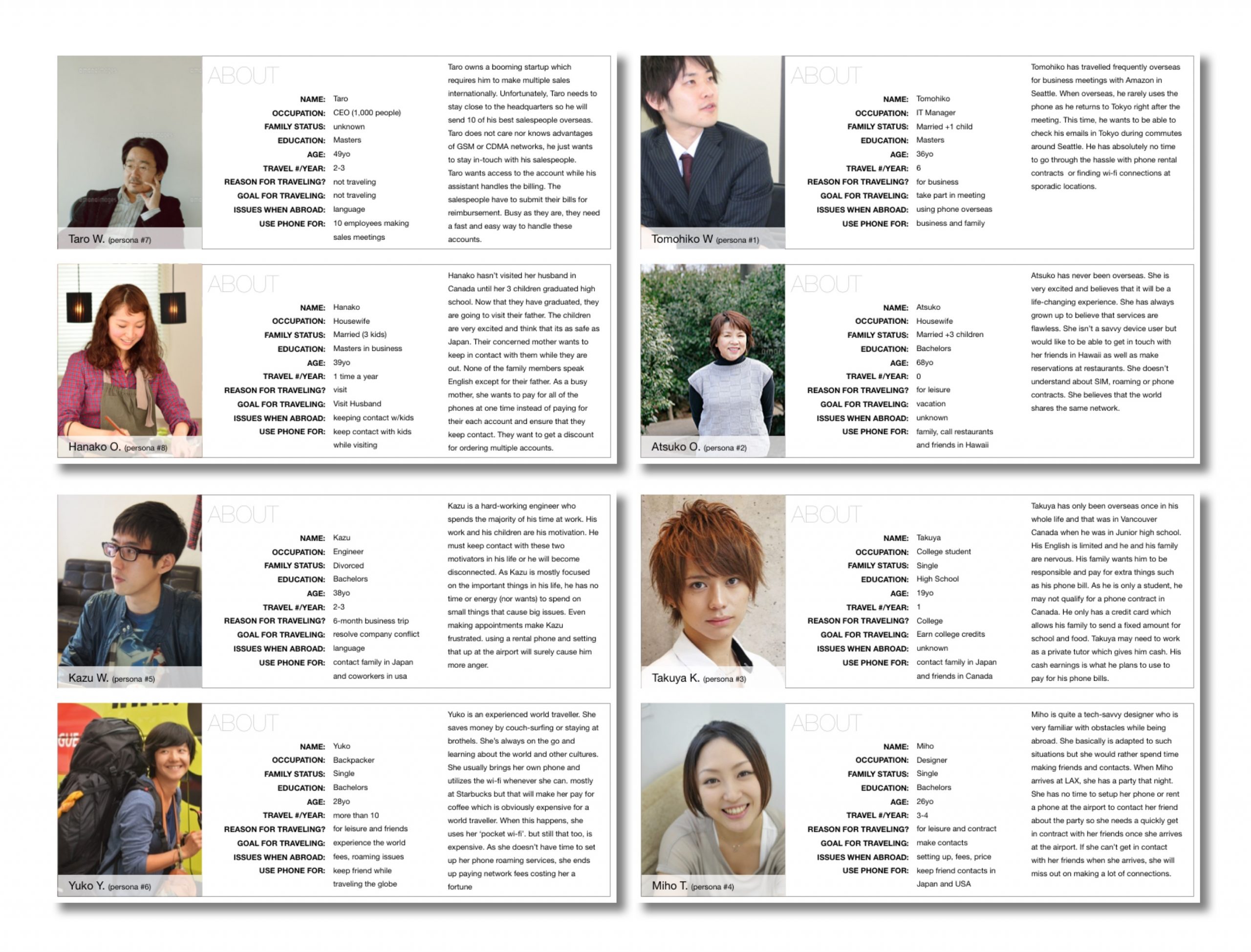
Information Architecture
I worked closely with the senior engineer to understand how the SIM and MVNP network interacted and consulted with internal legal teams to help define legal constraints with the Japanese government’s FCC. The mobile Engineers and I began to whiteboard seeing how we can make this possible.
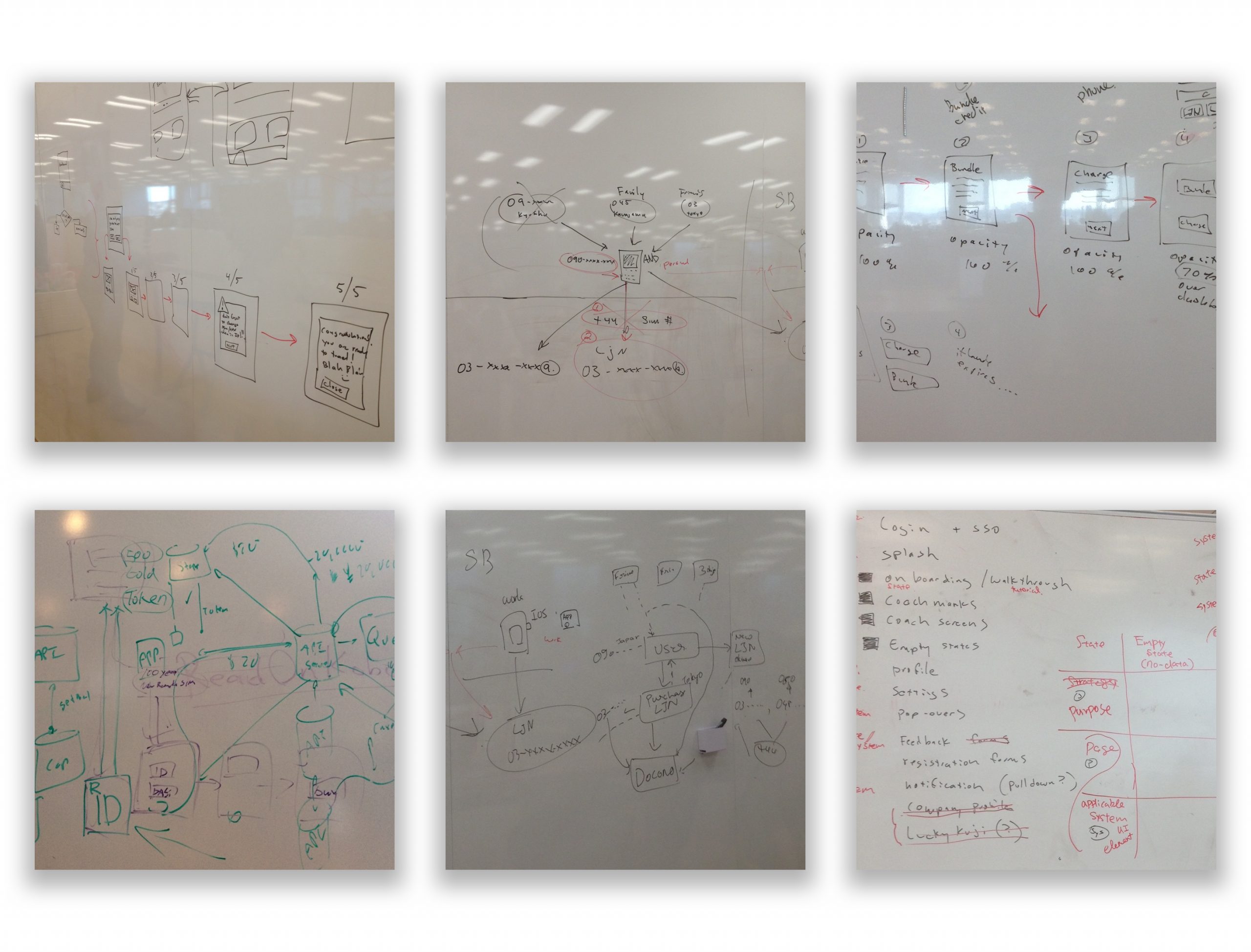
From the information that I was able to obtain was limited due to clarity of the Japanese laws and FCC regulations that were so outdated that it conflicted with technological changes. We had a tight launch date that was already announced so I proceeded with what little information I had and worked closely with the Senior Engineers to come up with a happy flow which integrated the Rakuten Membership Rewards Program ecosystem.
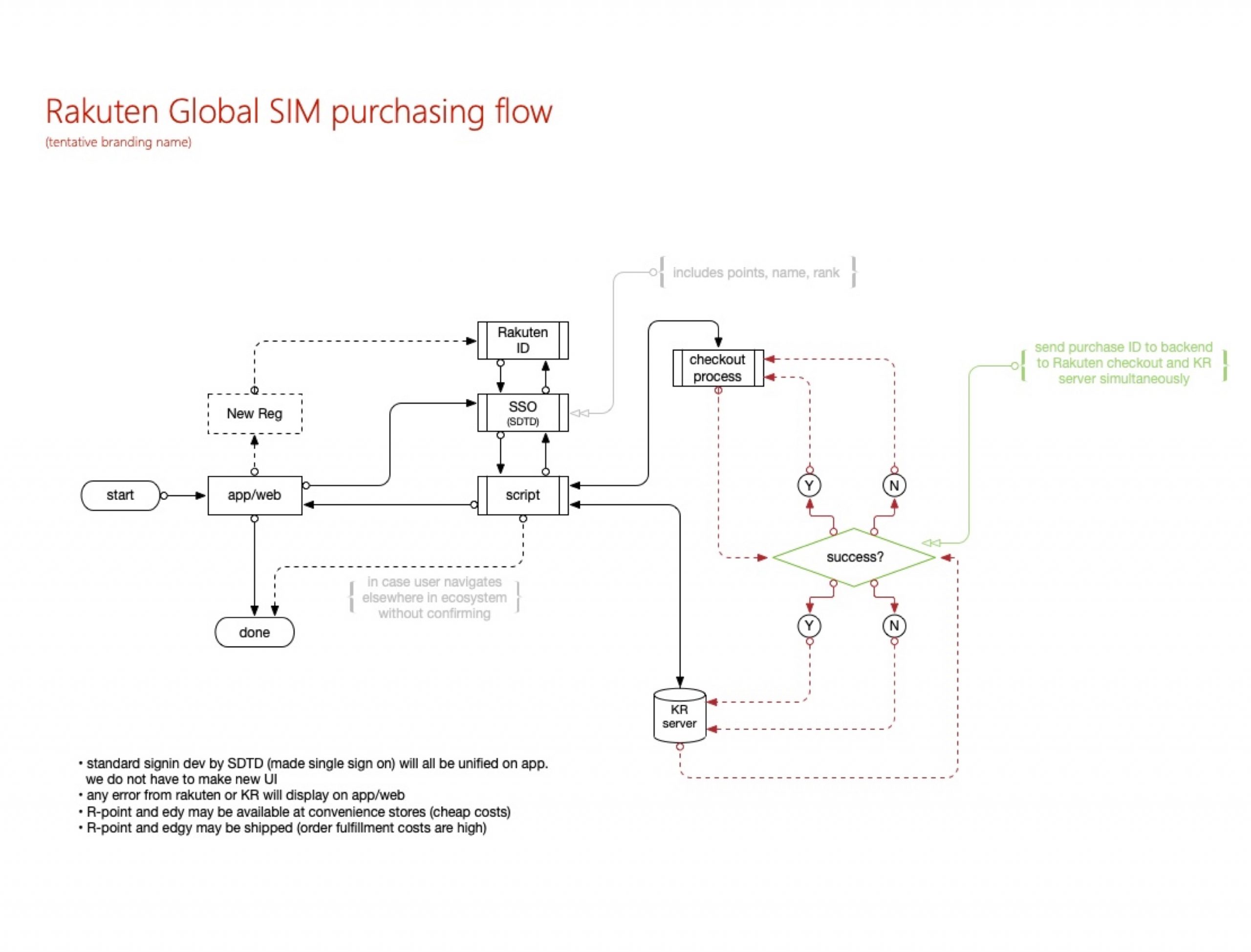
When the legal team returned our questions for the Japanese FCC, I had to make quick adaptations and modifications to the flow. One of the most difficult flows to solve for was how I can create an affordance experience to let the user know when to swap out their existing SIM with the Rakuten Global SIM and when to activate the service via the app we designed to coincide with this process. To add to the confusion, users were not allowed to activate the Rakuten SIM until they had either left Japan or were at the International Airport in Narita, Japan. I had to figure a way to solve for this while not utilizing users GPS data.
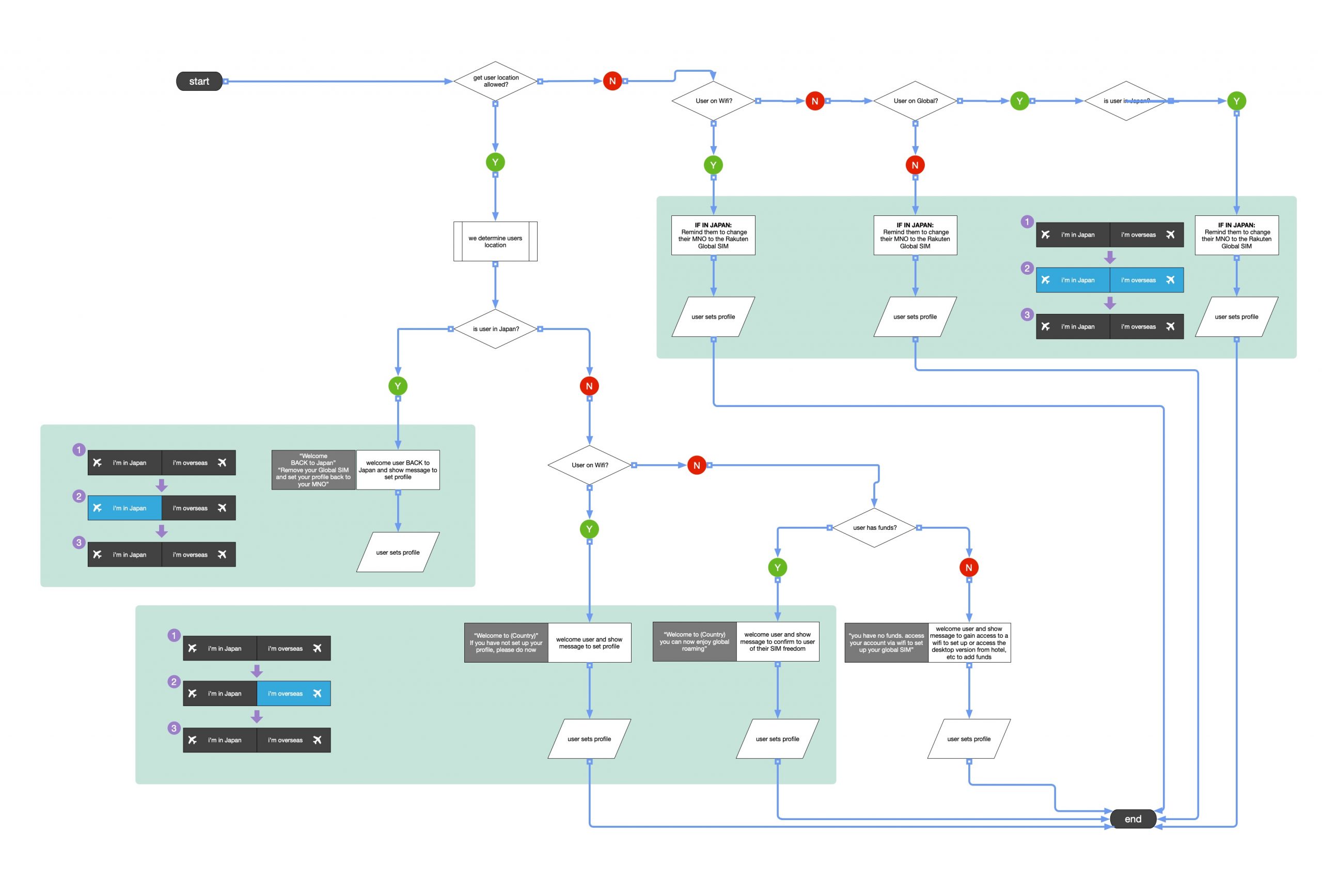
The SIM production and system company which we were working with had provided a SIM “sticker” which users would be required removing their pre-installed SIM card, place the SIM “Sticker” onto their SIM card, push down onto the SIM card so that the pre-fabricated pins would penetrate the SIM card, then reinserting it back into the SIM slot of the user’s device. This exposed a substantial number of issues that were not known previously.
(this was the initial SIM product that was planned to be incorporated but was scrapped only two months before launch)
In 2015, swapping out SIMs wasn’t something common for mobile users to perform.Instinctively, I felt that there could be potential problems for users when they conduct this process themselves. I sent out an anonymous questionnaire for a few who were familiar with our project to gain their insight and experience with the SIM assembly process. On top of this, there was another issue where once the user applied the SIM Sticker onto the user’s SIM card and reinserted it back into the SIM tray, they would not fit. This issue was device-dependable but we needed to solve for this.
As the we were flying to Toronto from Tokyo in a few days, I wanted to cross-reference the findings and proceeded with conducting user interviews with three Rakuten employees who didn’t know about our product and recorded them conducting the application of the SIM “Sticker” (reinserting the SIM back into the SIM slot and then activating the SIM on their device). All three failed. I presented these videos to the VP of the Mobile Department who was shocked. But this issue as well as the SIM production company’s inability to share their API data we needed became the leverage of retracting a joint contract.

With the criticality of usability (user buying SIM, applying a SIM sticker, swapping out SIMs, activate SIM on app), we found another SIM production company in Europe who produced a perforated SIM card which would eliminate the applying a sticker to a users SIM step. I asked one of the junior designers on the team to create a minimalistic design for the SIM package that resembled the designs which we already had in place with the app. The outcome was beautiful.
We then conducting another usability test which resulted in positive feedback from the user; eliminated confusion and steps swapping/activating the SIM.
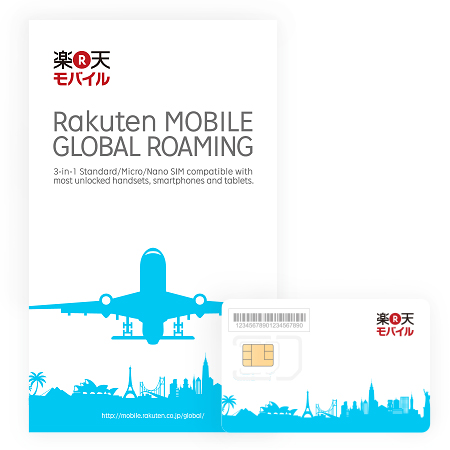
A month before we launched, we changed the SIM production company from the Toronto-based company to another one based in Ireland that was able to share their API data and produce a SIM card where the user would simply swap-out their SIM card with the pre-fabricated SIM card. This required my design team and I to make quick modifications to the flows and features.
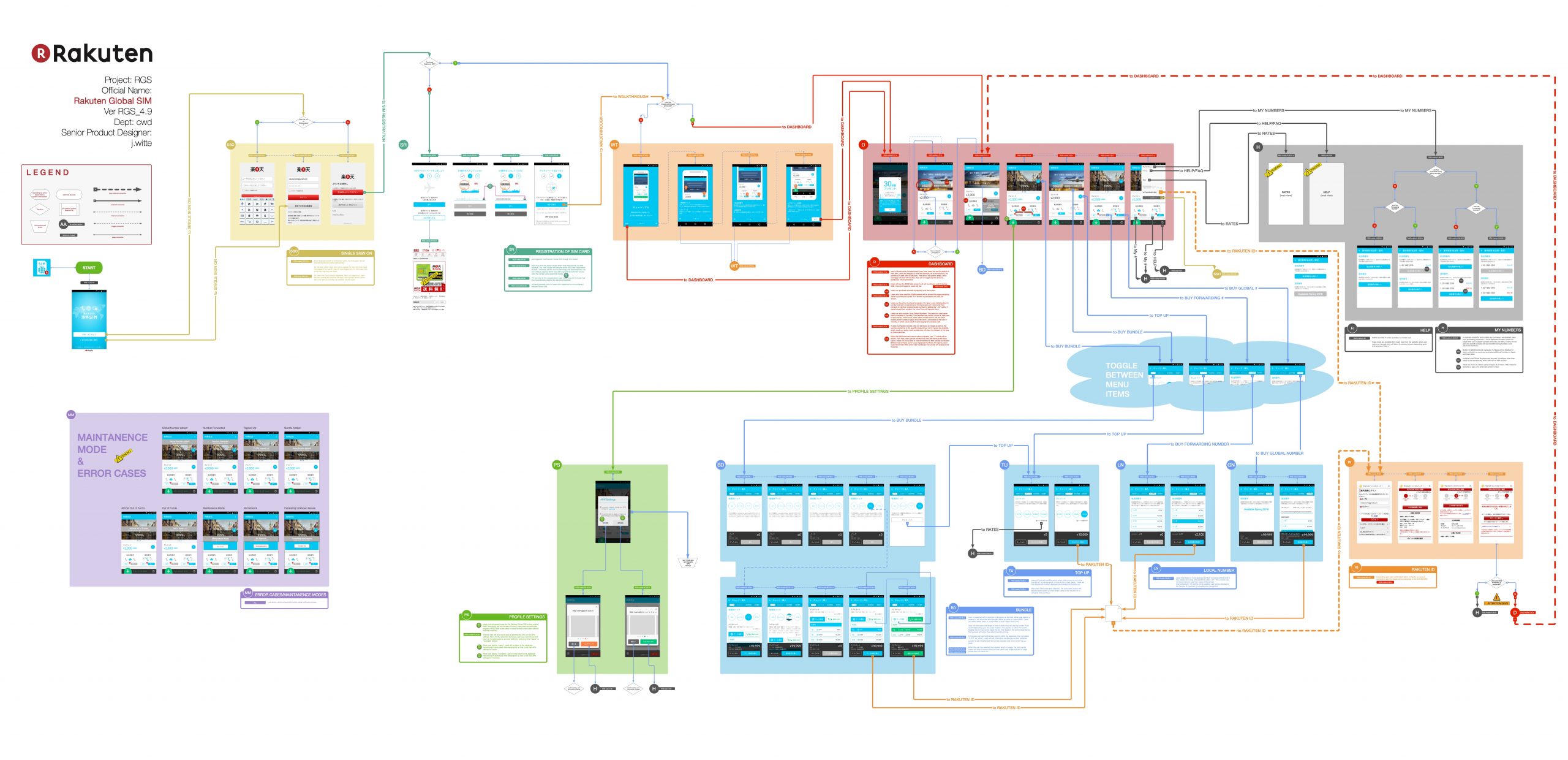
Design
From the research which we obtained from NTT (Nippon Telephone and Telegraph) along with conducting user interviews, it showed that the majority of users were female (82% female, 16% males, 2% not identified). The designers which I managed created a color palette which our users chose from several photographs which we provided in our studies. Most were anime, happy, positive colors.
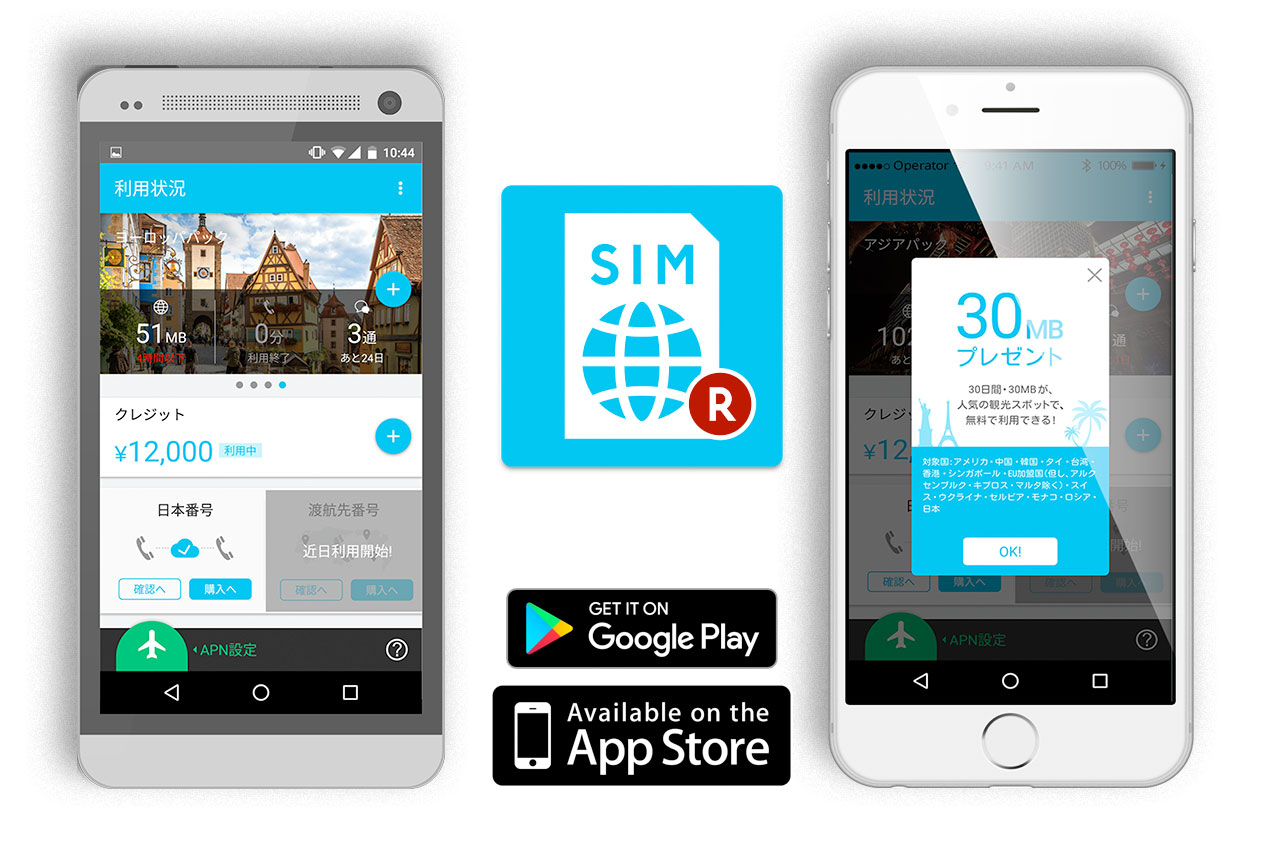
Testing & Interactions
The designers and I then began creating mockups in high-fidelity and tested these prototypes with InVision to a new set of users. From the results, we designed the final artifacts to hand-off to devs.
Take Aways
The overall feedback from consumers was positive. There were several negative feedback regarding a feature which we could not enable due to tight legal restrictions in the United States as it would have enabled anti-terrorists to utilize conversations without the Department of Homeland Security to use in investigations and eavesdropping.
A year after Rakuten Kaigai (global) SIM was launched, Rakuten Mobile was able to secure a license to becoming Japanese fourth MNP alongside NTT Docomo, AU by KDDI and Softbank Japan.


